SUMMARY
This is AI generated summarization, which may have errors. For context, always refer to the full article.
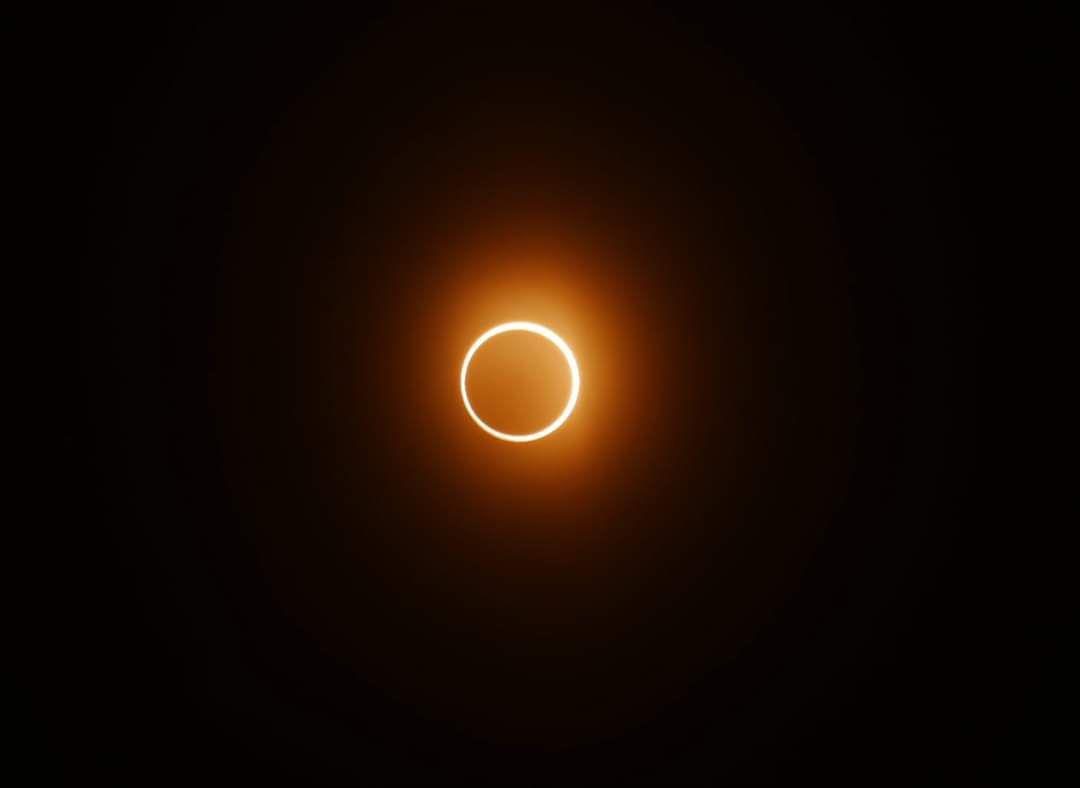
MANILA, Philippines – Skywatchers in the Philippines and all around the world were able to witness a rare astronomical event as an annular solar eclipse graced the sky on Thursday, December 26.
According to the Philippine Atmospheric, Geophysical and Astronomical Services Administration, an annular solar eclipse occurs when the moon, while at its farthest distance from the earth, enters the point in its orbit located directly in front of the sun.
This distance makes the moon appear smaller and unable to completely obscure the view of the sun, causing a “ring of fire” effect or annular – a thin crown of light around the moon.
In the Philippines, Balut Island of Sarangani town in Davao Occidental had one of the best views of the solar eclipse, where it was seen at 97% obscurity at maximum, giving viewers a full sight of the
“ring of fire” solar eclipse.
Other parts of Mindanao like Davao City also had a decent view of the solar eclipse at near-total obscurity.
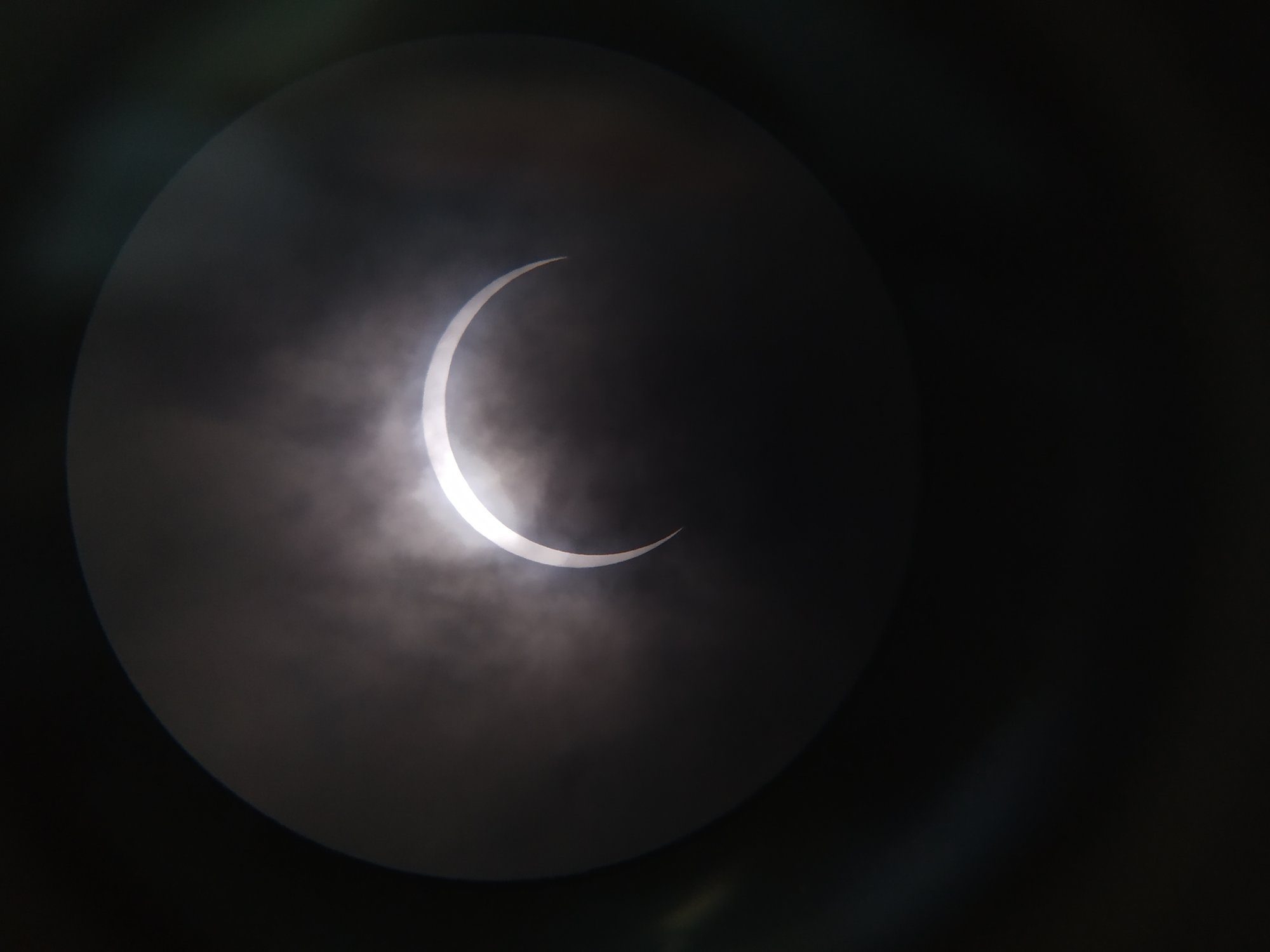
Meanwhile, at around 2:19 pm in Metro Manila, spectators witnessed a partial solar eclipse of at least 60% obscurity at maximum. Below are pictures from the observation station hosted by the Astronomical League of the Philippines at SM by the Bay in Pasay City. The solar eclipse ended at around 3:47 pm.
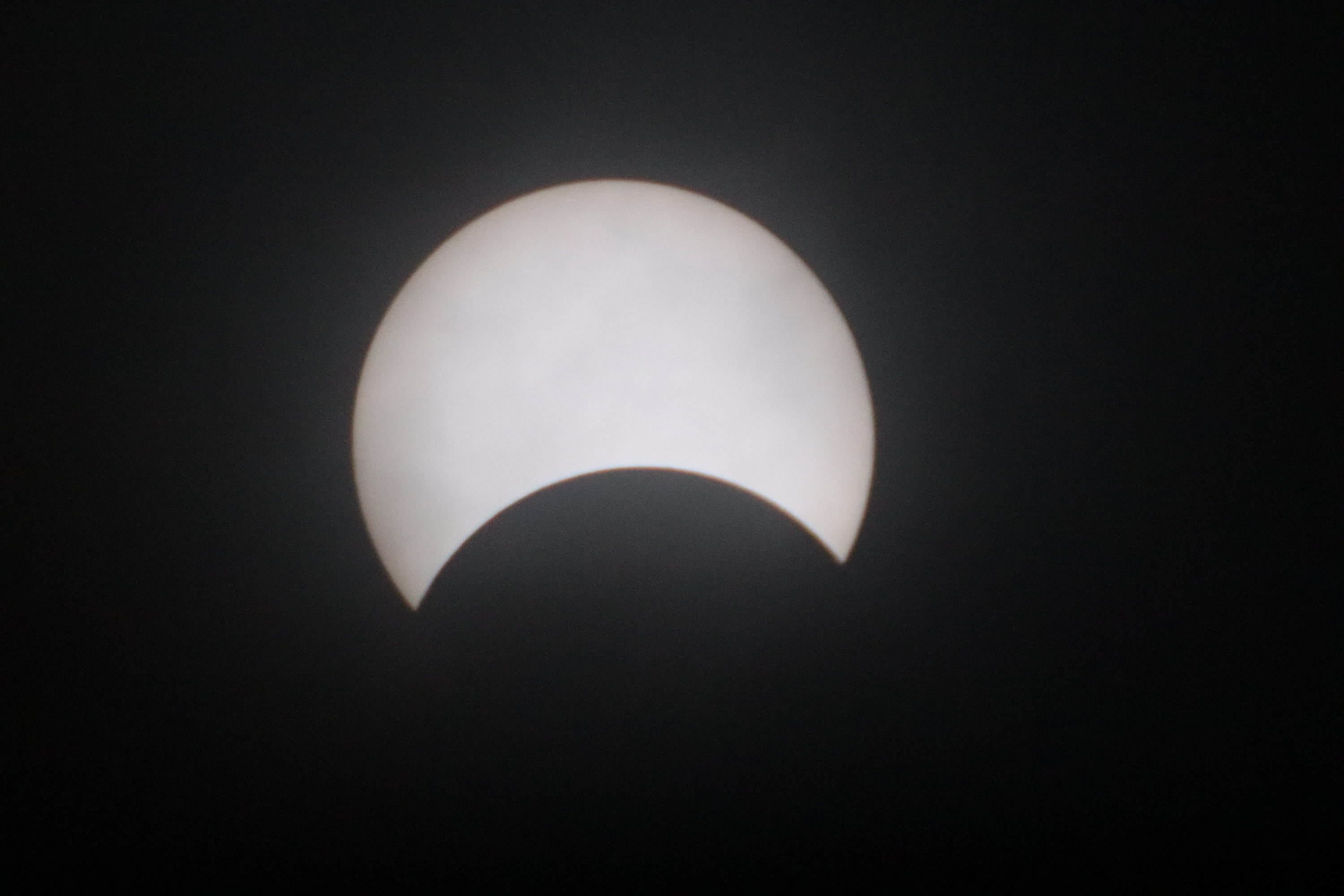
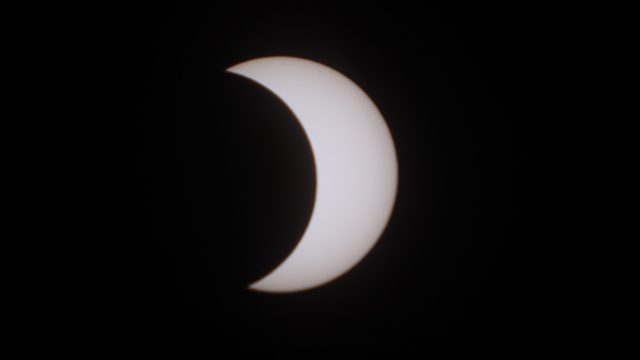
From General Santos City, the solar eclipse appeared from behind the clouds at around 2:38 pm and was snapped sitting right atop a station antenna.
View this post on Instagram
While Philippine spectators struggled with viewing the solar eclipse due to cloudy skies brought about by Typhoon Ursula, the rest of the world enjoyed an unobstructed view of the “ring of fire” solar eclipse. Below are some photos of the eclipse as viewed from other countries and at various phases of transition.
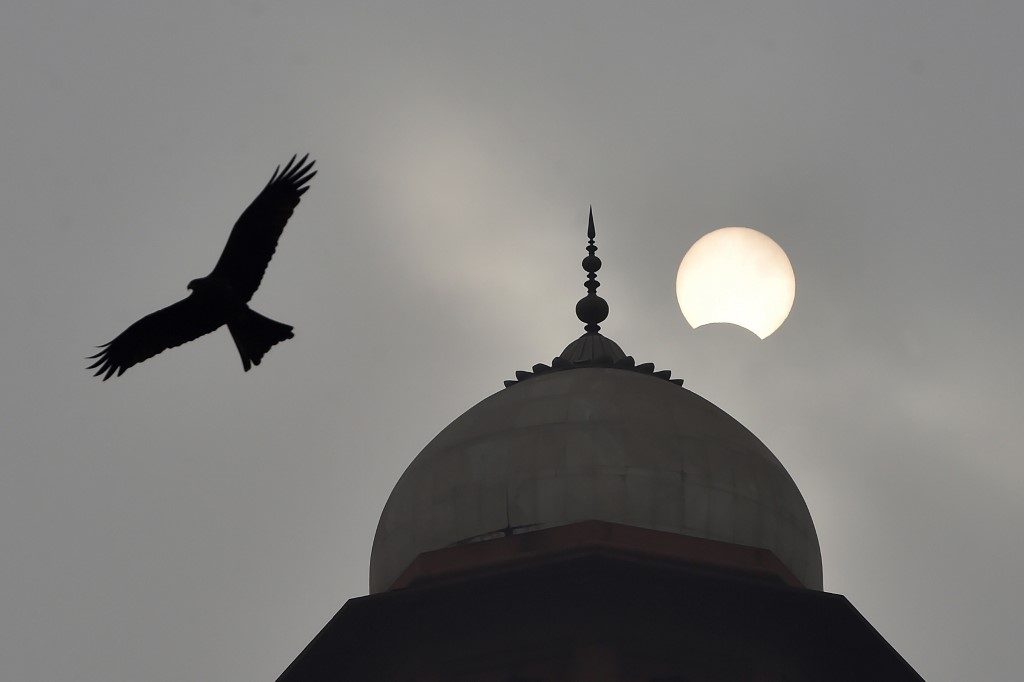
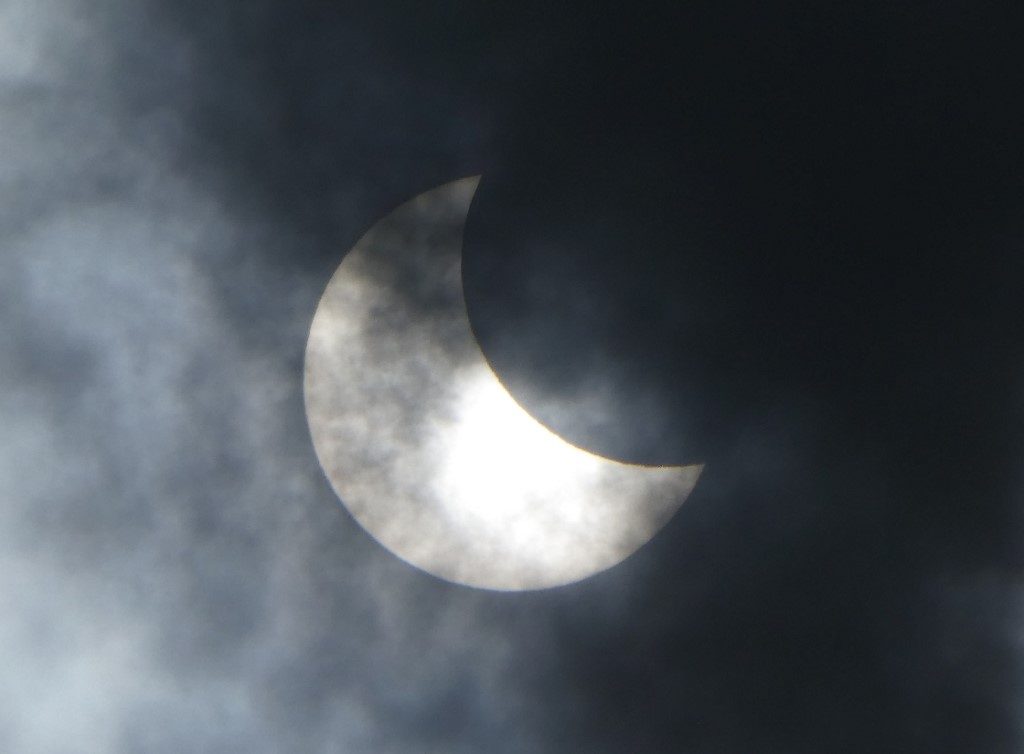
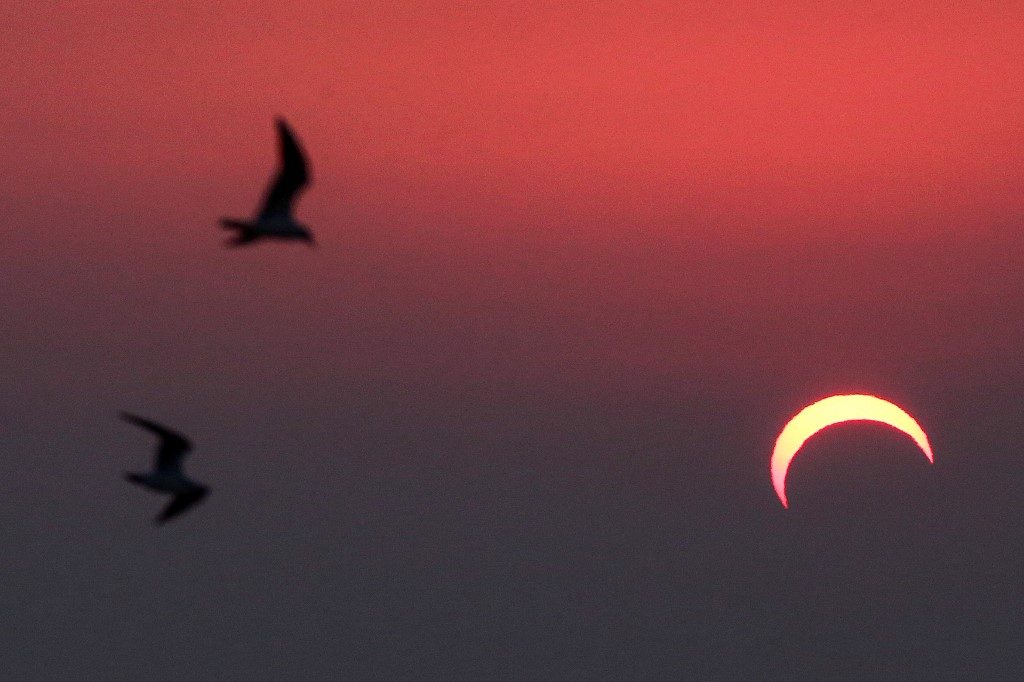
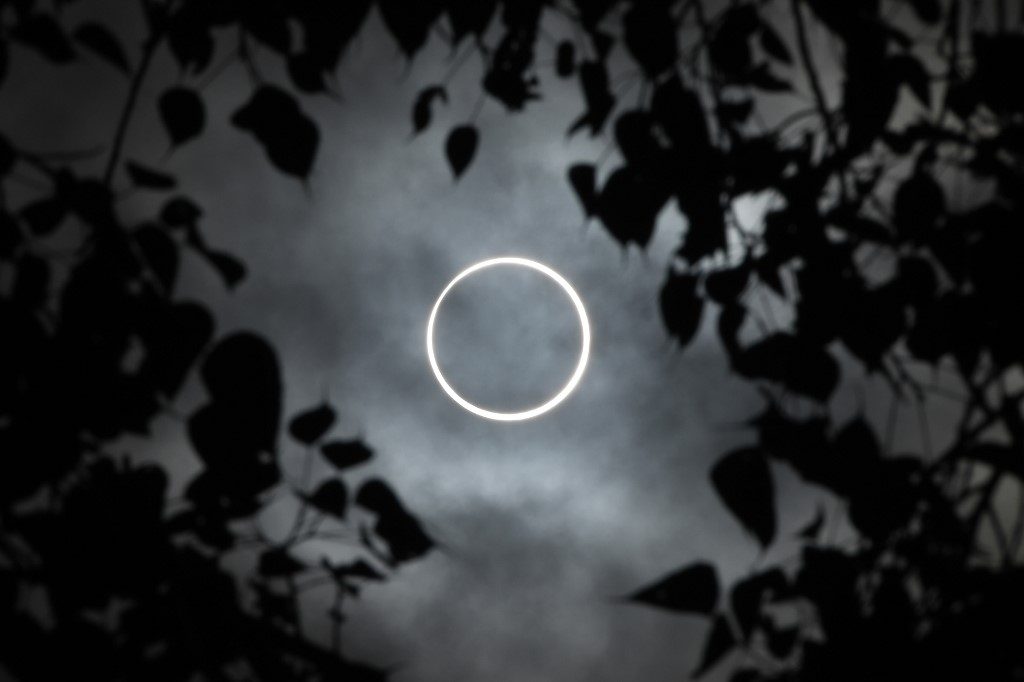
Sighting an annular solar eclipse in the Philippines is rare, with the next viewing predicted to be on February 28, 2063.
Were you able to catch the solar eclipse? Show us your photos! – Rappler.com
Add a comment
How does this make you feel?
There are no comments yet. Add your comment to start the conversation.